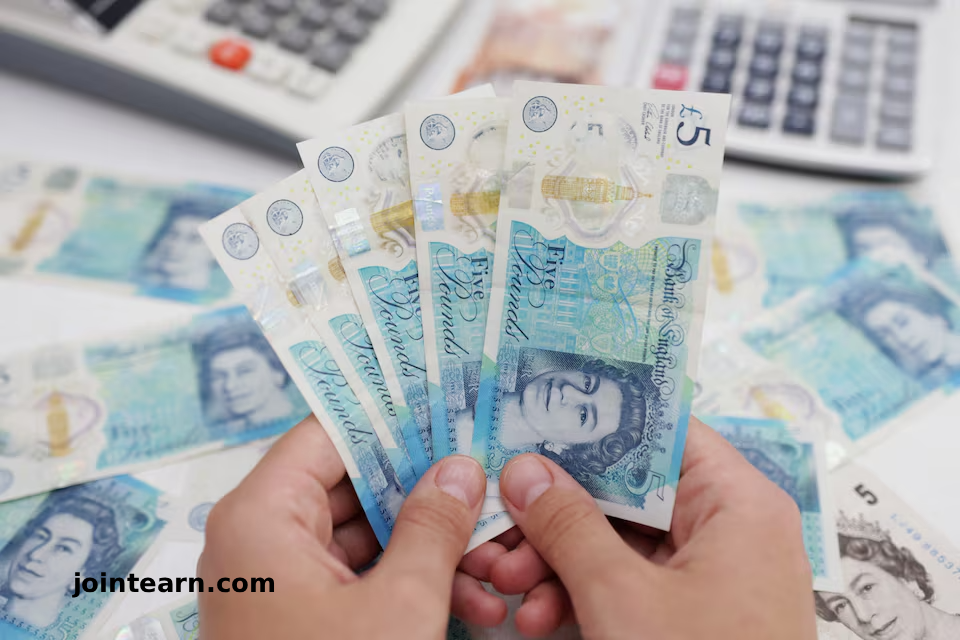
London, November 6, 2025 – Sterling trimmed earlier gains on Thursday after the Bank of England (BoE) kept interest rates unchanged, while Norway’s krone rose following the Norges Bank’s decision to maintain rates. The dollar also eased as improved risk sentiment reduced demand for safe-haven assets.
Sterling traded 0.21% higher at $1.3080, down from earlier gains of 0.31% after briefly touching a seven-month low of $1.3011 on Wednesday. Market participants had priced in roughly a one-in-three chance of a rate cut ahead of the BoE meeting, though most analysts expected the central bank to maintain the status quo.
Bank of England Holds Rates Steady
The BoE’s decision to leave rates unchanged comes amid persistent inflation, which remains nearly double the bank’s 2% target. Economists expect that by next month, the central bank will have access to official inflation and employment data for October and November, as well as clarity on the fiscal impact of the government’s upcoming budget.
Finance Minister Rachel Reeves is expected to outline broad tax increases in her November 26 budget, framing her second annual budget as one of “hard choices” to protect public spending while reducing national debt.
“Holding rates today was the right decision, with inflation still nearly double the 2% target. The Bank will be in a stronger position after the dust settles from the budget, armed with additional jobs and inflation data, to judge whether further easing is warranted in December,” said George Brown, Senior Economist at Schroders.
Markets are now monitoring signs of potential BoE rate cuts in December, depending on economic indicators and fiscal policy developments.
Norwegian Krone Recovers After Norges Bank Decision
The Norwegian krone (NOK) strengthened after Norges Bank held its policy interest rate at 4.0%, as expected by analysts in a Reuters poll. The currency rose 0.2% against the euro to 11.71 and 0.4% against the dollar to 10.16.
Norges Bank reiterated that further easing is likely in the coming year, following an easing cycle that began in June and included a rate cut in September. The decision reflects ongoing inflationary pressures in Norway and the central bank’s cautious approach to monetary policy.
Dollar Weakens Amid Improved Risk Sentiment
The U.S. dollar index, which measures the currency against six peers, fell 0.20% to 99.91 after reaching its highest level since May 2023. The dollar also eased 0.26% against the yen to 153.69 yen and 0.27% against the euro to 1.1523.
According to Rodrigo Catril, Senior Currency Strategist at National Australia Bank, “The market was a little bit more sensitive to the improvement in risk appetite,” reflecting a global shift away from safe-haven positions.
In the United States, data showed that services sector activity rose to an eight-month high in October, driven by solid growth in new orders, though subdued employment growth suggests a sluggish labor market amid ongoing economic uncertainty linked to the Trump administration’s tariffs.
Market Outlook
Investors are now closely watching the BoE and Norges Bank for indications of future policy moves, particularly in light of inflation trends, labor market data, and fiscal policy developments. Currency markets are expected to remain sensitive to these factors, with sterling and the krone potentially experiencing volatility depending on upcoming economic reports and central bank signals.


Leave a Reply